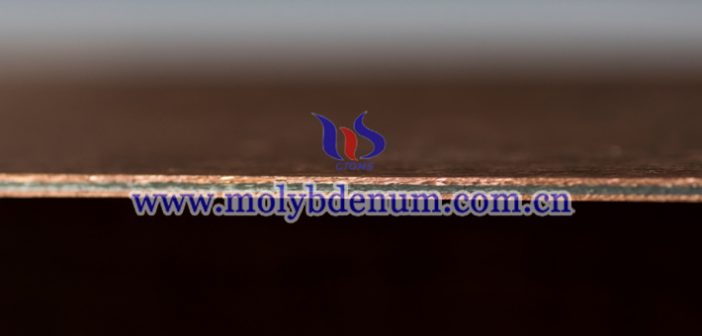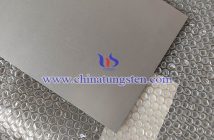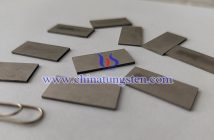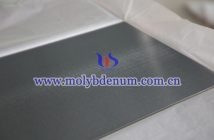High power electronics and circuits generate a lot of heat during operation. The heat sink materials help to eliminate the heat of the chip, transfer it to other media, and maintain the stable operation of the chip.
Tungsten-copper and molybdenum-copper alloy are the most common heat sink materials, which are a kind of heat sink substrate commonly used for high airtight packaging such as CPU, IC, solid microwave tube. This material has a thermal expansion coefficient and high thermal conductivity that match different substrates; excellent high temperature stability and uniformity; excellent processing performance.
Cu/Mo/Cu heat sink (CMC) is a composite material with a similar sandwich structure, the core material is molybdenum, and both sides are covered with copper. The basic concept of the design is to use the high thermal conductivity of copper and the low thermal expansion characteristics of molybdenum. By adjusting the thickness ratio of copper, molybdenum and copper, it can achieve a thermal expansion coefficient matching ceramic materials and semiconductor materials, and a higher thermal conductivity. The expansion coefficient and thermal conductivity are designable.
At present, the CMC products are mainly used in radio frequency, microwave and semiconductor high-power devices, heat sinks, lead frames, low-expansion layers and heat conduction channels of multilayer printed circuit boards (PCBs).
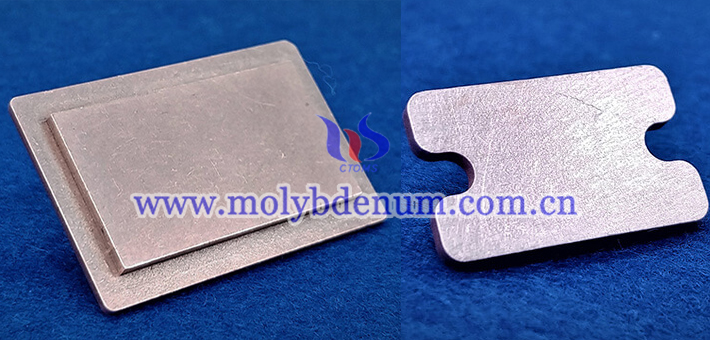 As the thermal conductivity of molybdenum is unsatisfactory, so people strive to improve it. In order to improve its thermal conductivity and heat dissipation performance, it is usually used to increase the copper content. However, the increase in copper content can improve the thermal conductivity, but as another performance requirement, the linear expansion coefficient CTE is required to match the chip as much as possible. However, excessively increasing the copper content will result in a mismatch between the linear expansion coefficient and the chip. The long-term thermal expansion and contraction process will easily cause the chip to be damaged and invalid due to inconsistent thermal expansion.
As the thermal conductivity of molybdenum is unsatisfactory, so people strive to improve it. In order to improve its thermal conductivity and heat dissipation performance, it is usually used to increase the copper content. However, the increase in copper content can improve the thermal conductivity, but as another performance requirement, the linear expansion coefficient CTE is required to match the chip as much as possible. However, excessively increasing the copper content will result in a mismatch between the linear expansion coefficient and the chip. The long-term thermal expansion and contraction process will easily cause the chip to be damaged and invalid due to inconsistent thermal expansion.
The ideal heat sink material should have a linear expansion coefficient CTE, which is basically matched with the chip, and has the highest possible thermal conductivity, especially the Z-direction (thickness) thermal conductivity, so that the heat of the packaged chip and other electronic devices can be quickly discharged. In order to increase its power density, achieve high power, reduce the volume and realize the miniaturization of the device. CMC material is now the one of the materials to meet above requirements.

